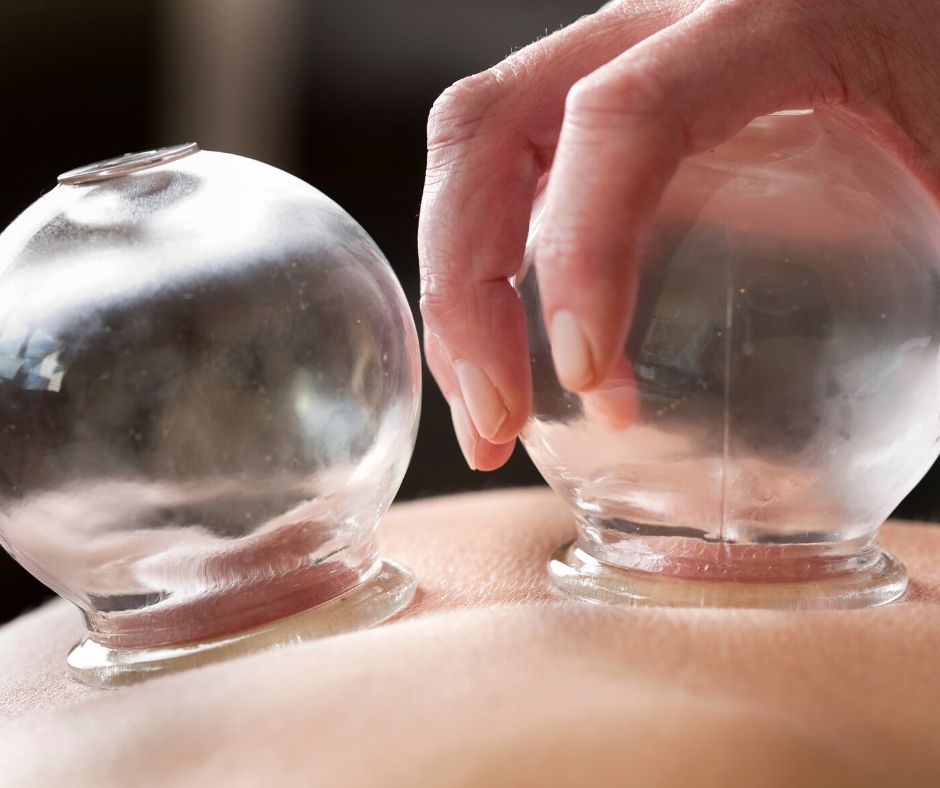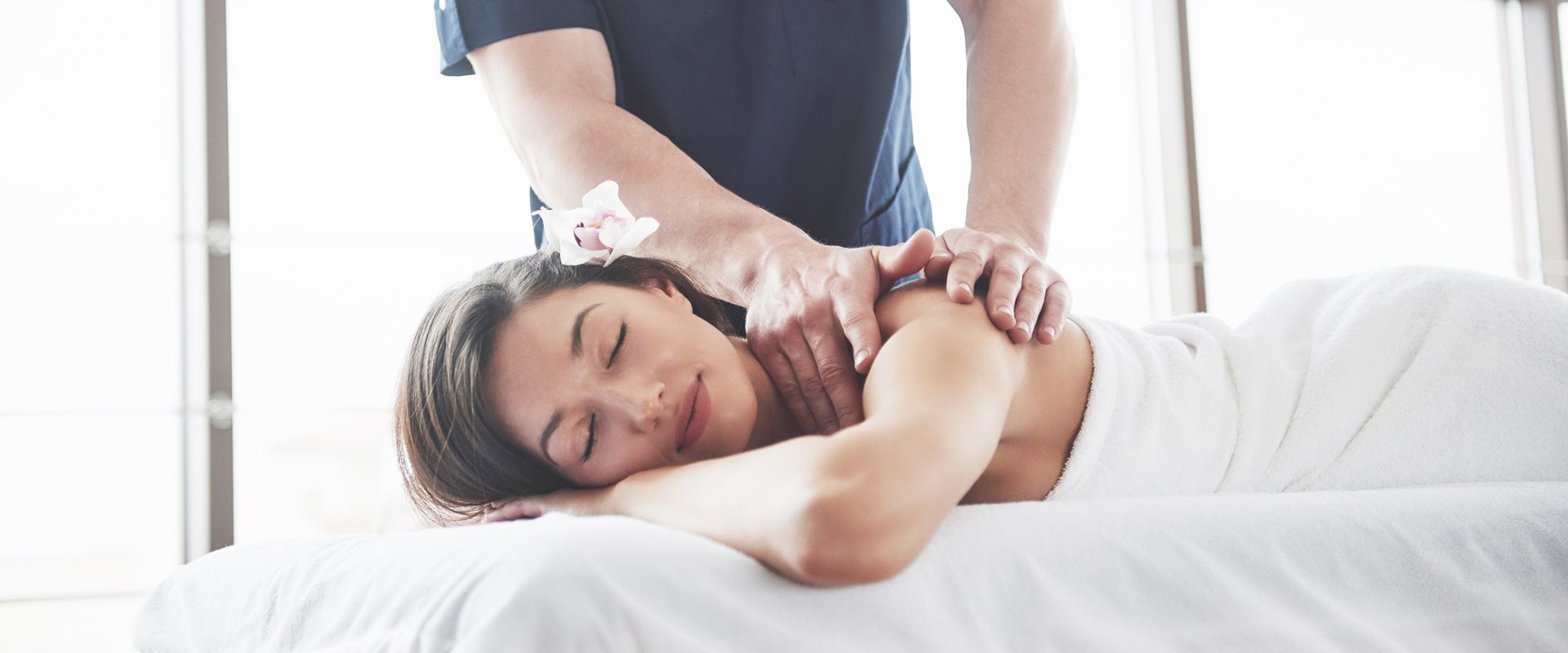You must have heard the name of the therapy, ‘cupping’. But, do you know what it feels like? If you are here to know what does cupping really feels like, you are on the right page. Keeping moving forward to know what this therapy feels like or if it hurts or not.
What Is Cupping?
Cupping is a type of therapy that originated originally from China. This therapy includes placing suction cups on the skin to create blood suction. This suction actually improves blood flow and heals pain quickly.
Cupping was used by the Chinese people to reduce pain and to improve the blood flow in the body. According to the Chinese monks, it basically balances the negative and the positive in the body. The ultimate balance between these two extremes helps with the human body’s resistance to the pathogens.
When the cups are placed on the body and blood is sucked up, it improves the blood circulation in that area and relieves muscle tension, muscle stiffness, and muscle soreness.
Moreover, it also promotes muscle repair and helps to develop new soft connective tissues by creating new blood vessels in the body.
People use cupping not only to drain bad blood but also to purge out toxins that are host or cause of numerous medical conditions.
Types of Cupping
Originally, the Chinese people used to heat the cups and then apply them to the skin. As the cups grew colder, they were pulled above the skin layer.
In today’s era, modern cupping is used. Modern cupping has cups that are open from one end and shaped like balls.
There are two types of cupping:
Dry cupping.
Wet cupping.Dry cupping is only the suction method to improve blood circulation and blood flow while wet cupping includes suction as well as bleeding of the skin inside the cups.
What Does Cupping Feel Like?
During the cupping treatment, cups made of glass are heated and then suctioned in the skin. The cups are heated using alcohol mixed with herbs. They are placed directly into the solution and then onto your skin.
When a heated cup is placed on your skin, the air inside it cools and develops a vacuum due to which your skin is pulled up into the cup. This might cause redness in your skin as the muscle pressure changes.
During dry cupping, the professional cupping therapists and practitioners only place cups for 5 to 10 minutes on your skin. However, during wet cupping, a cup is only placed for about 2 to 3 minutes before he makes incision or needle puncture on your skin to draw blood.
After the cupping sessions, the practitioner might also cover the cupping area with bandages or ointments but only if it’s wet cupping. This helps to prevent infection in your body.
The cups also leave away some mild bruises and marks that usually go away after a period of 10 days.
For optimal results, it is better to fast intermittently or to eat light meals 3-4 hours before your cupping session.






